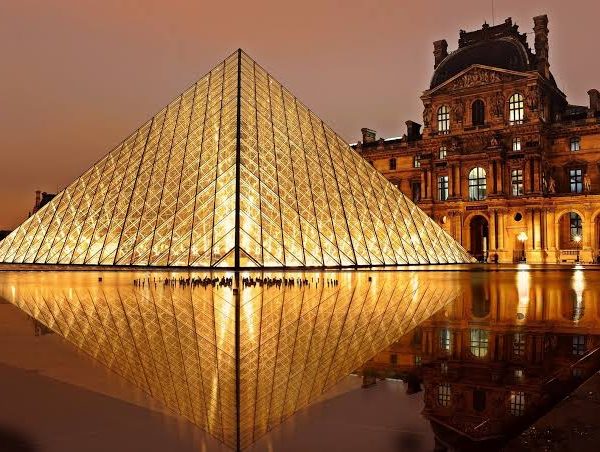![]()
Heera Mandi, once Lahore’s red-light district, holds a rich history that often remains veiled from common knowledge. Here are five intriguing facts about this renowned area that may surprise you:
1. Historical Cultural Hub: Initially known as Shahi Mohalla, Heera Mandi served as Lahore’s cultural center during the 15th and 16th centuries. It was a vibrant hub of artistic and intellectual activities, attracting poets, musicians, and scholars from far and wide.
2. Named After a Prime Minister: Heera Mandi acquired its name from Hira Singh, the Prime Minister of Lahore’s Sikh Kingdom. His patronage and influence contributed to the area’s prominence and cultural significance.
3. Tawaifs: During the Mughal era, the women of Heera Mandi, known as Tawaifs, were not merely seen as sex workers but as symbols of sophistication and grace. They were highly skilled in various arts, including dance, music, and etiquette, and were respected for their talents.
4. Authority and Influence: Contrary to common perceptions, Tawaifs wielded considerable authority and influence in society. They enjoyed privileges such as education, and personal income, and even paid taxes, showcasing their elevated status within the community.
5. Colonial Transformation: With the advent of British colonial rule, the royal status of Heera Mandi dwindled, and the area gradually transformed into a hub for prostitution. The once-respected art forms were marginalized, and the cultural significance of the area was overshadowed by its association with sex work.
Heera Mandi’s history is a testament to the complexities of societal norms and the evolution of cultural landscapes over time. Exploring these lesser-known facts sheds light on the multifaceted nature of this locality.










